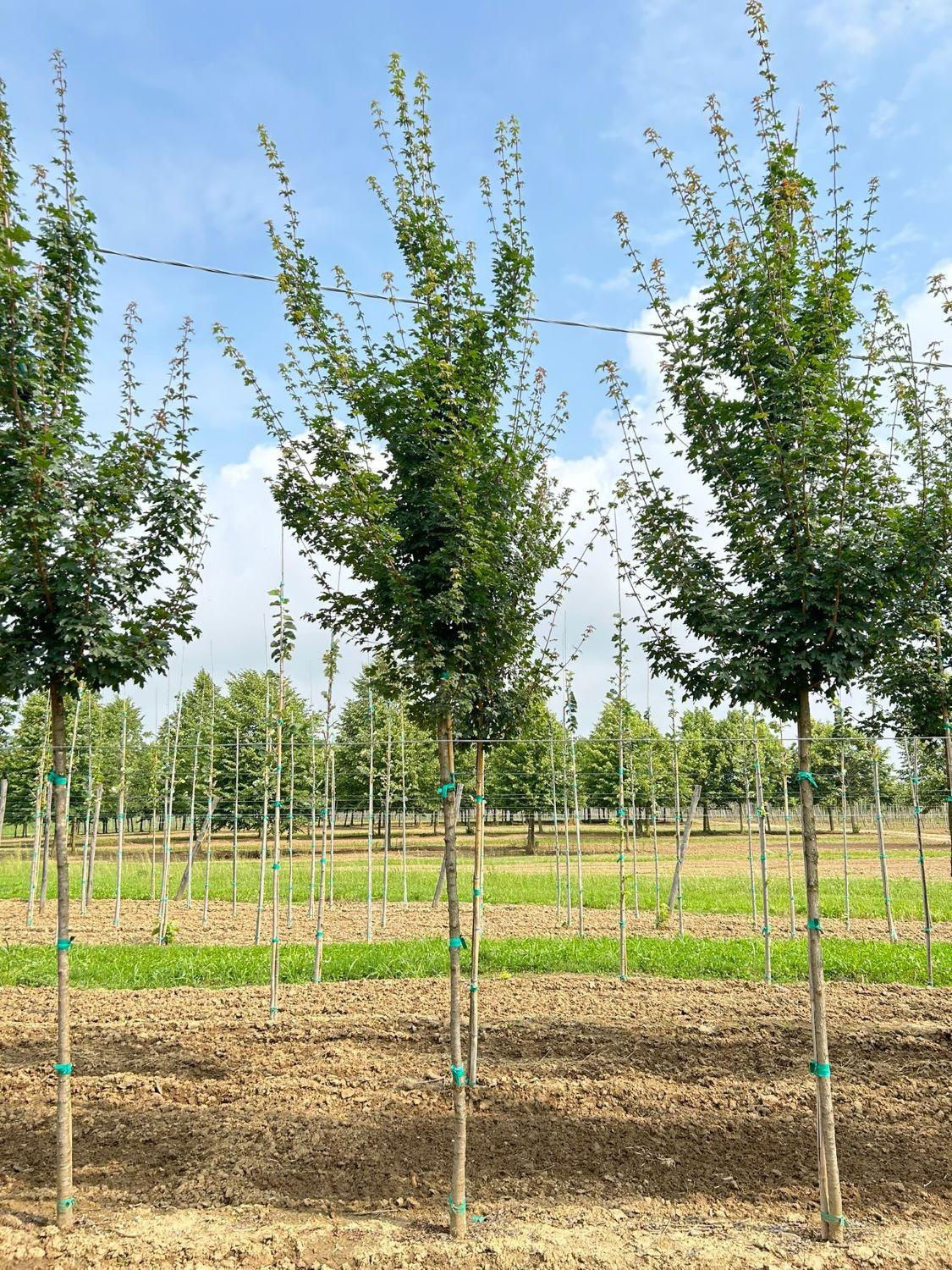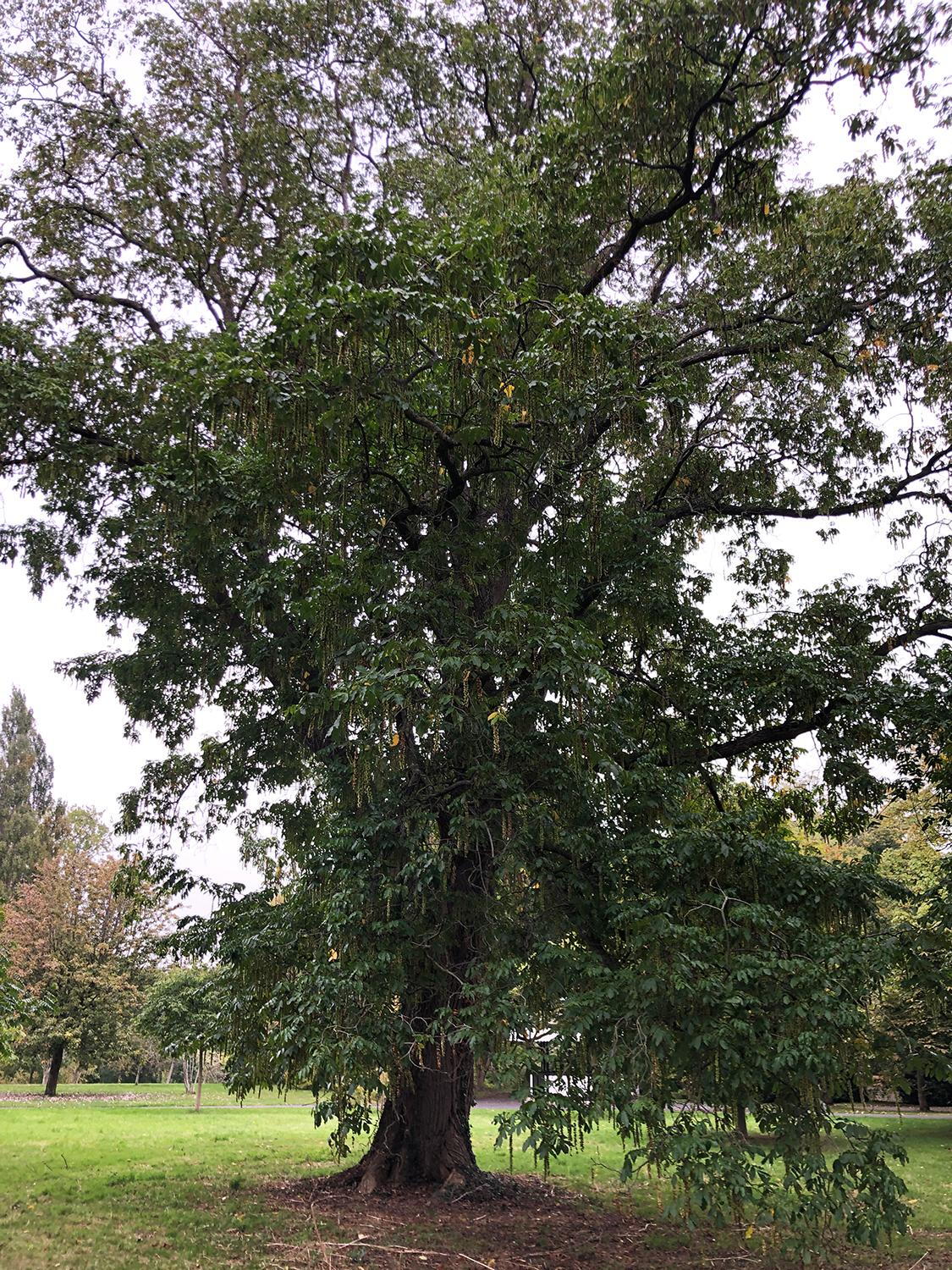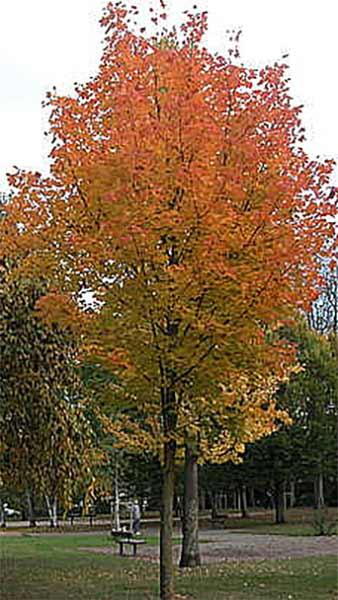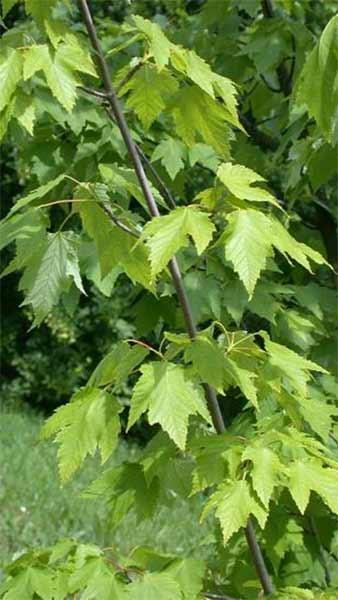Field Maple Trees for Sale. Acer Campestre. Hedge Maple
The Field Maple, Latin name Acer Campestre, originating from Europe and parts of Asia, is the only maple tree that is native to the UK. Throughout British countryside, the Hedge Maple, as it is also known, can often be found in fields and hedgerows. In the winter season we also have Acer Campestre available in bare root form. A deciduous, low maintenance tree, the Field Maple has large mid-green foliage, the leaves having 5 lobes. It is in fact, not dissimilar to the Acer Pseudoplatanus (or the Sycamore Tree). It flowers in spring producing tiny green flowers and afterwards produces helicopter winged fruit. In autumn, the foliage turns yellow or red. The bark can take on a somewhat corky texture.Left to its own devices, Acer Campestre is a medium-sized, slow growing tree that will generally reach 7 to 10 metres height and spread. It has a nice, compact, bushy growth habit. Although deciduous and slow growing, it is not averse to being clipped and is thus sometimes used for creating hedges, particularly mixed hedgerows.In terms of aspect, the hedge or field maple will grow in full sun or partial shade. It also growths well in coastal locations.Timber from the field maple tends to be white in colour and is highly sought after particularly for musical instruments. It is widely believed that the acclaimed luthier Stradivari used Acer Campestre which grew naturally in the alpine forests of Northern Italy to make his instruments. These forests are still alive and well today – and are known as the Musical Woods (Il Bosco Che Suona).The field maple has an RHS award of garden merit.







